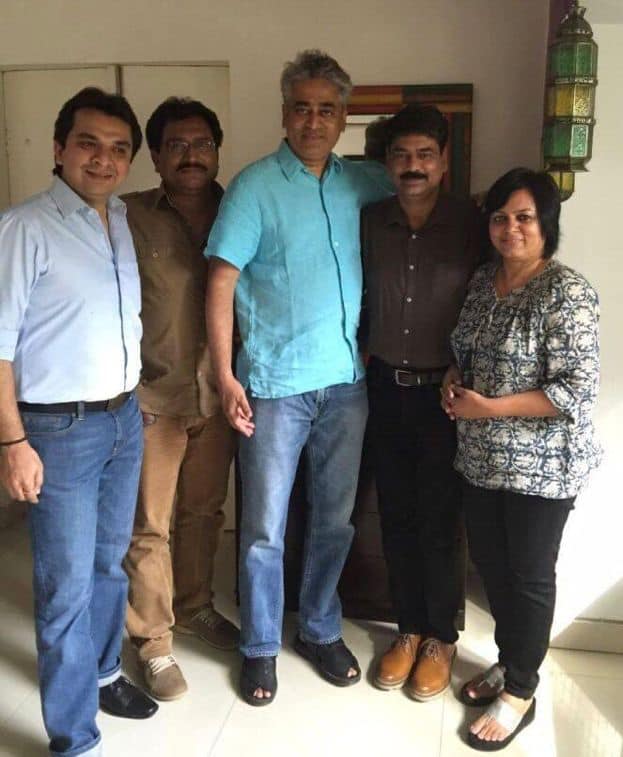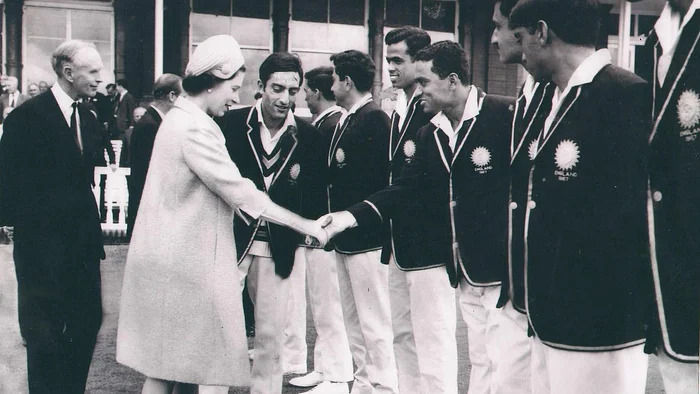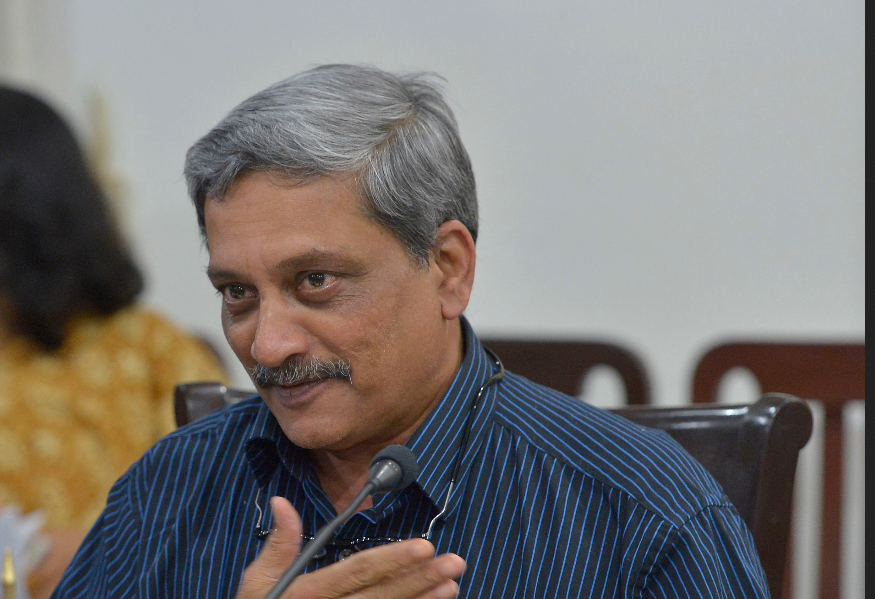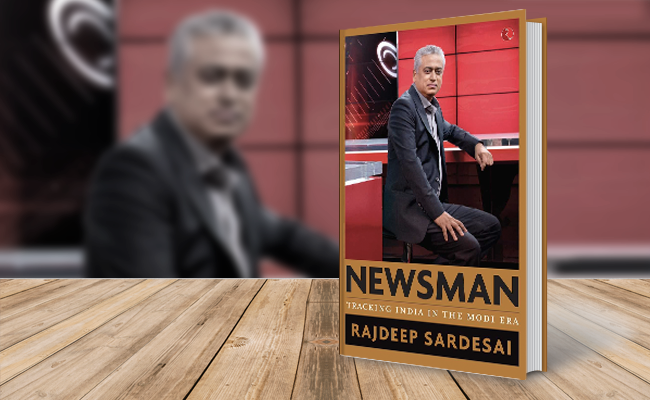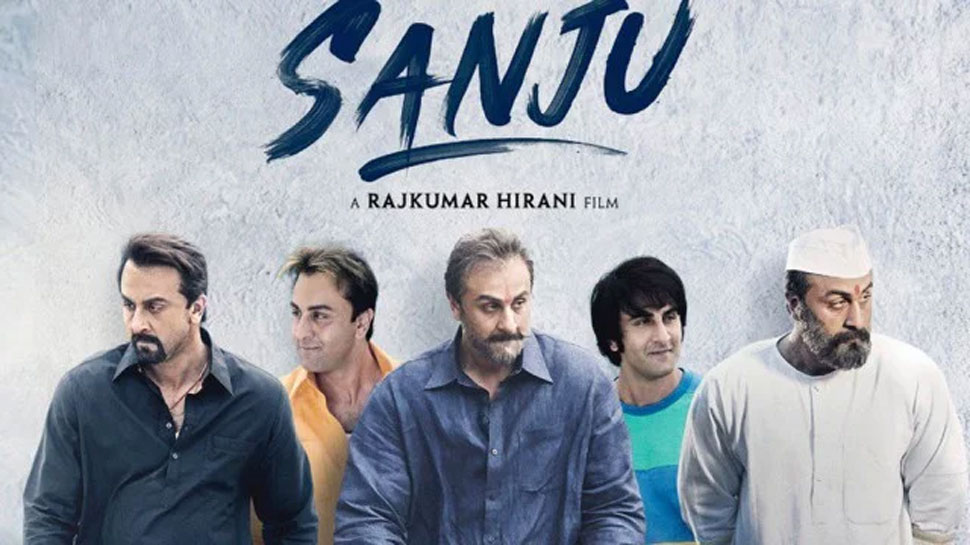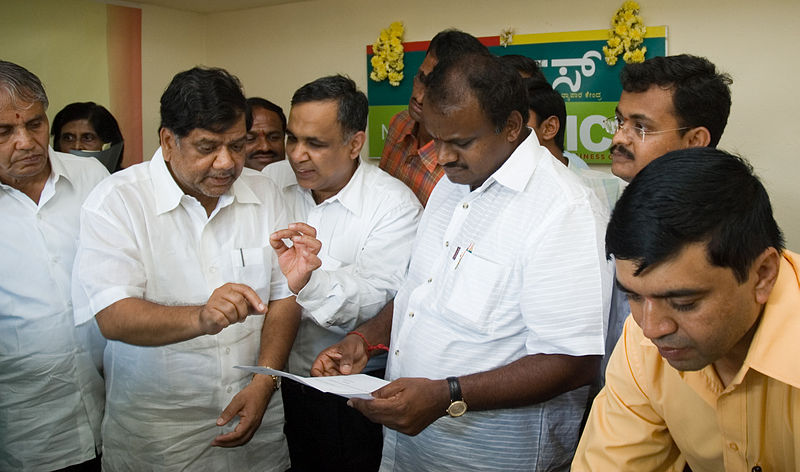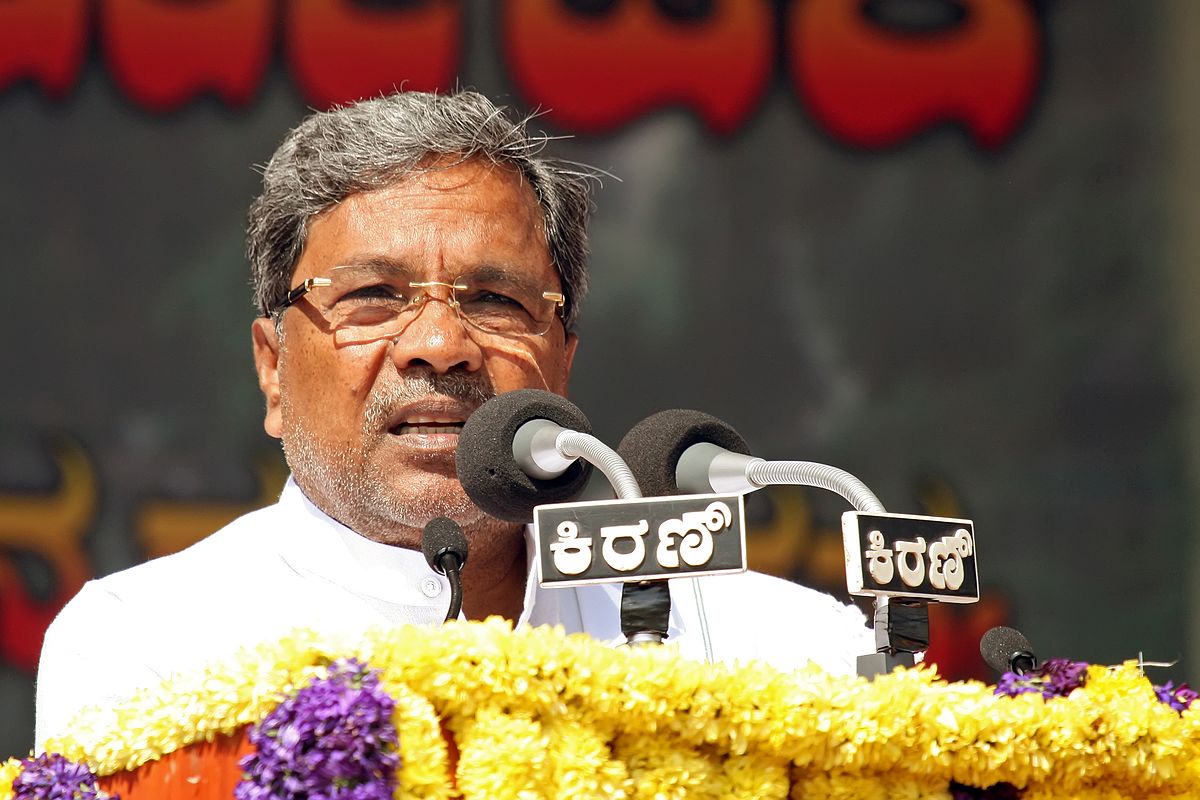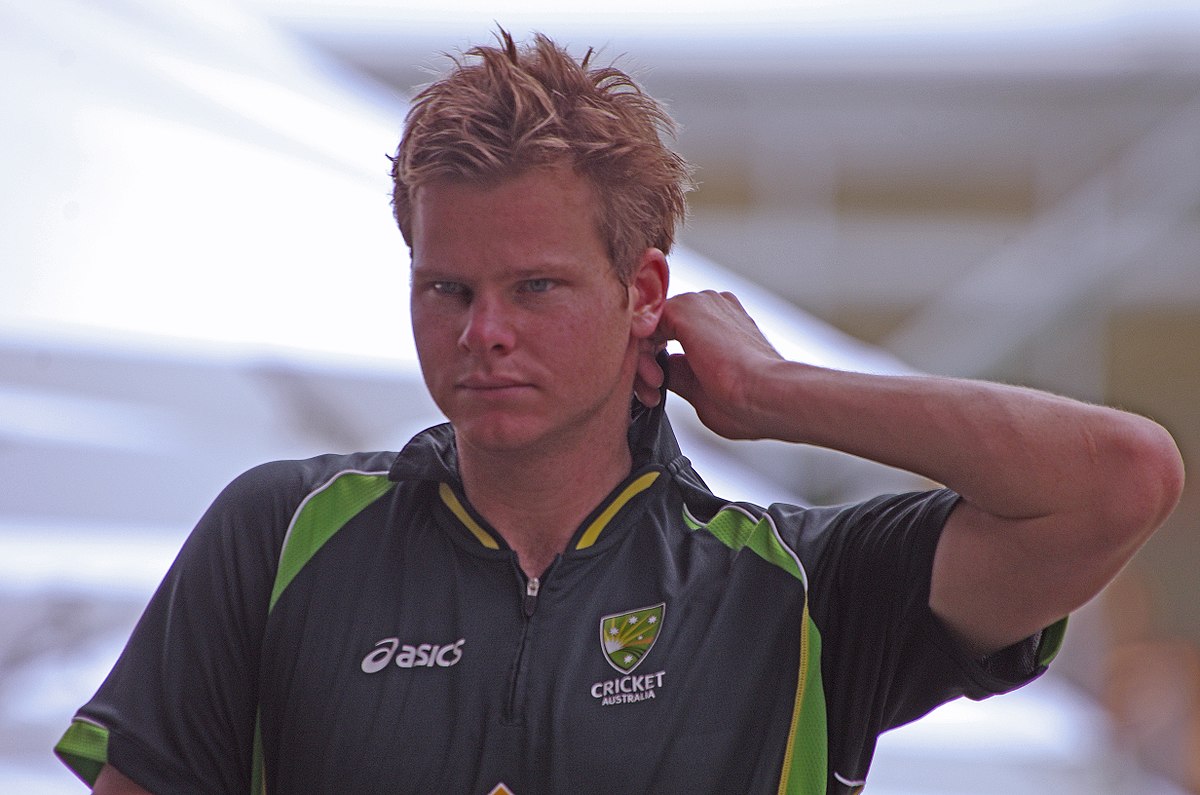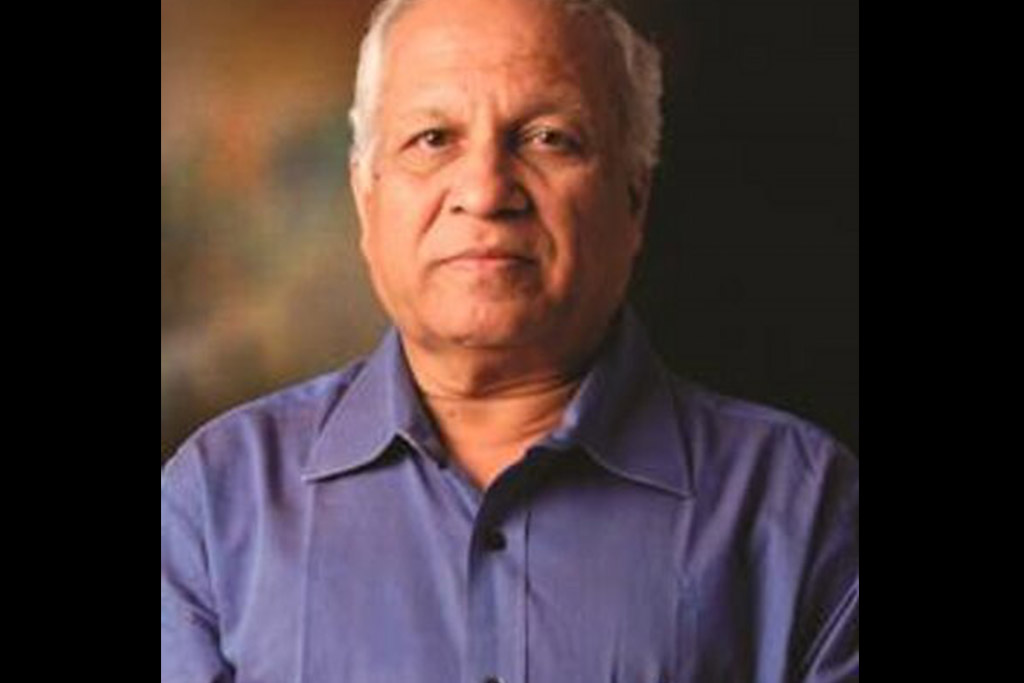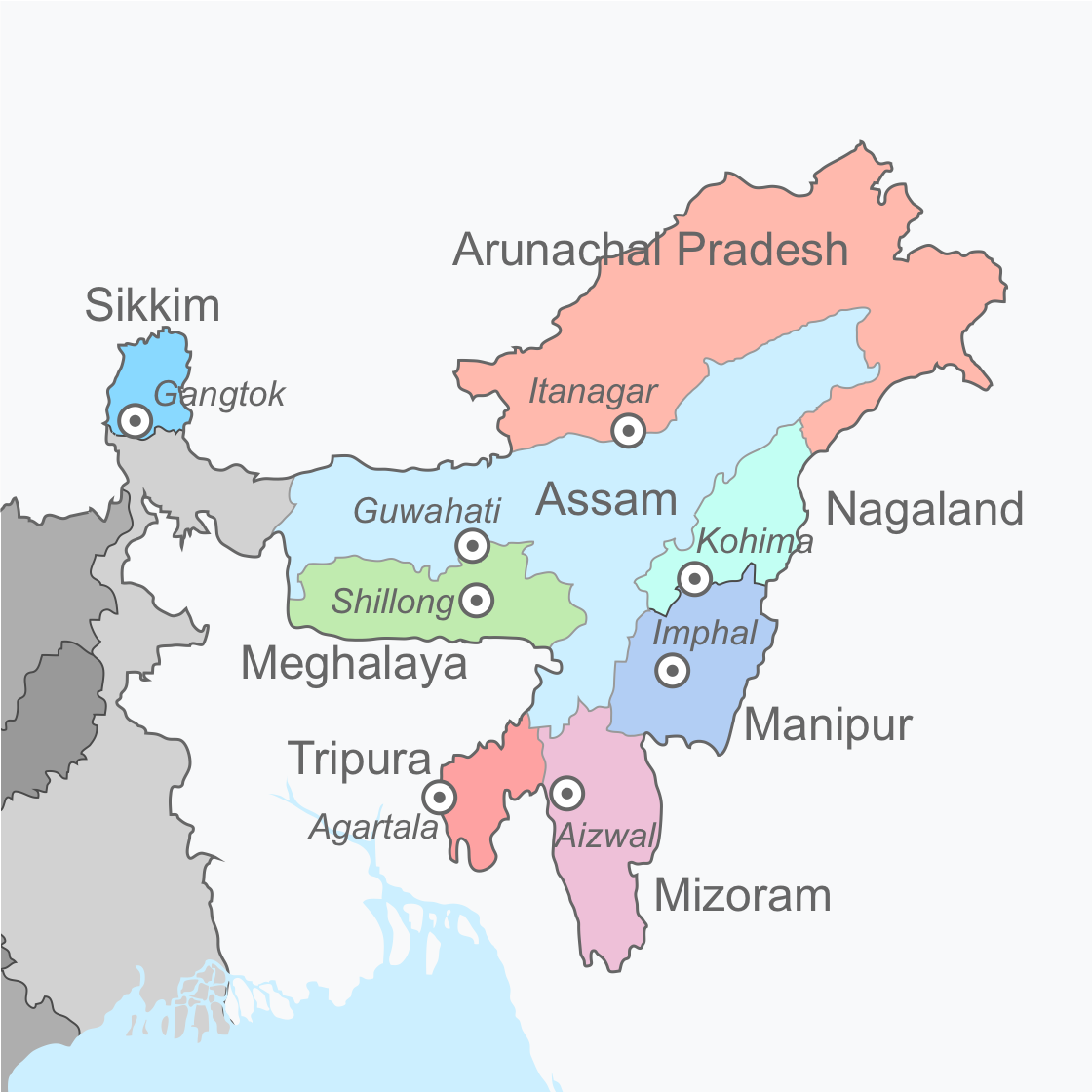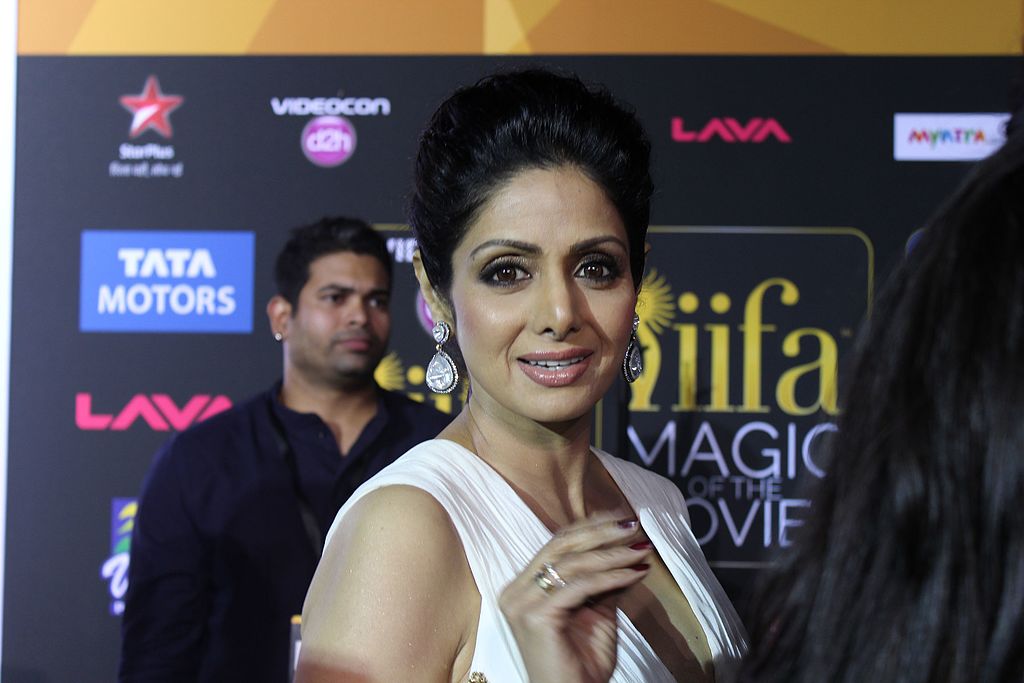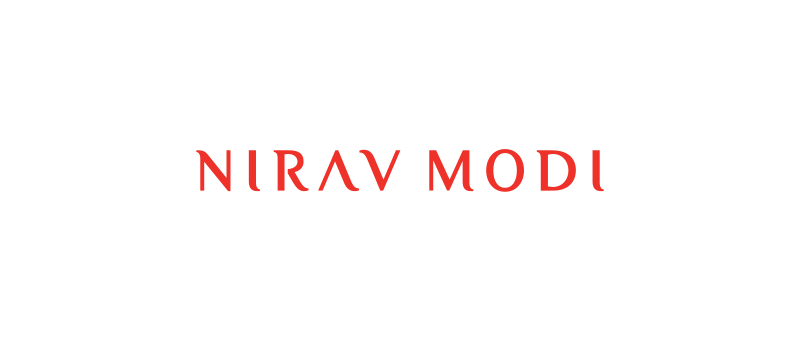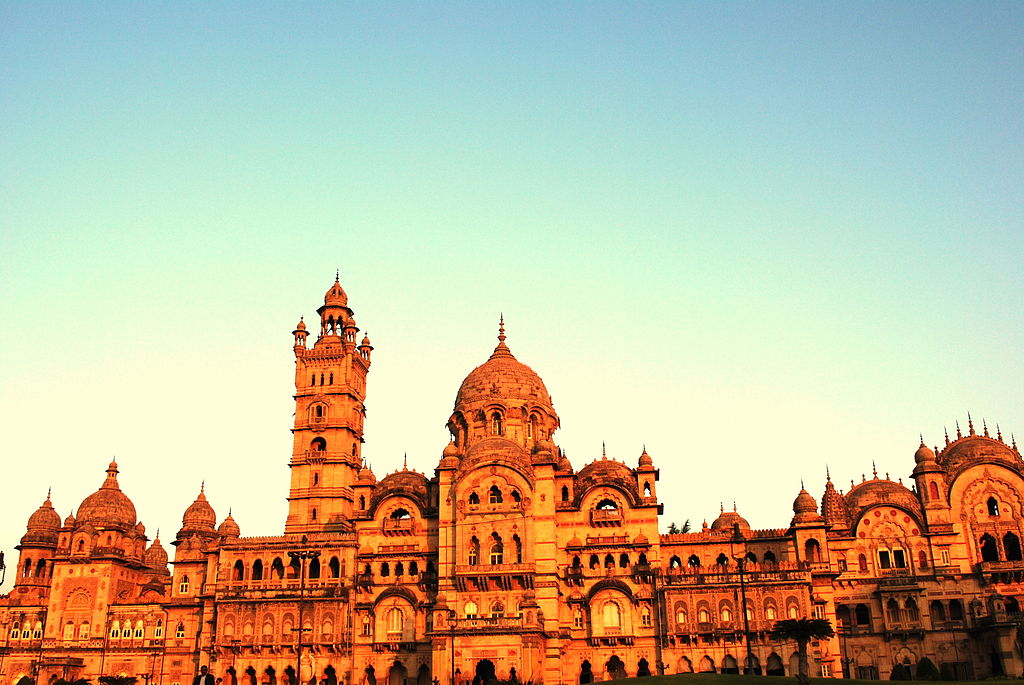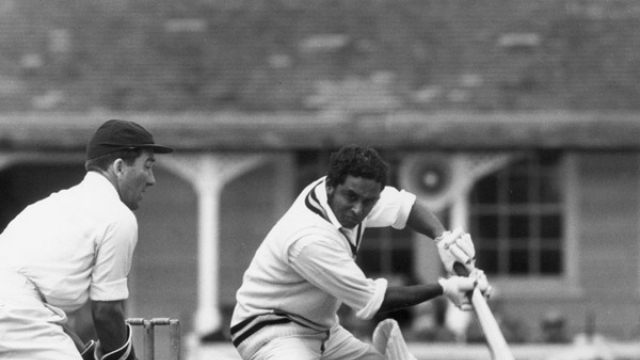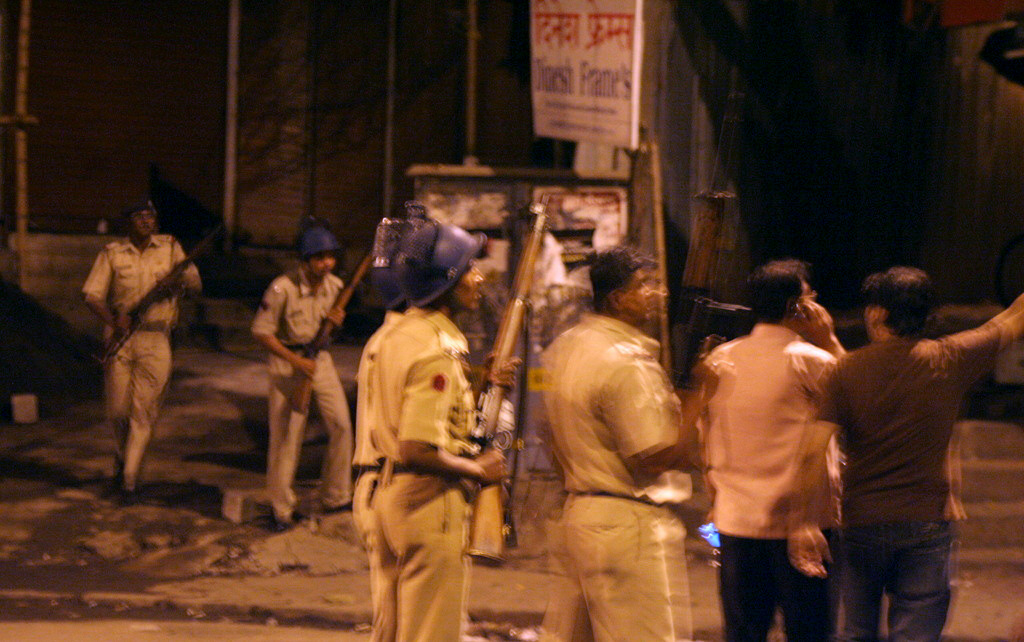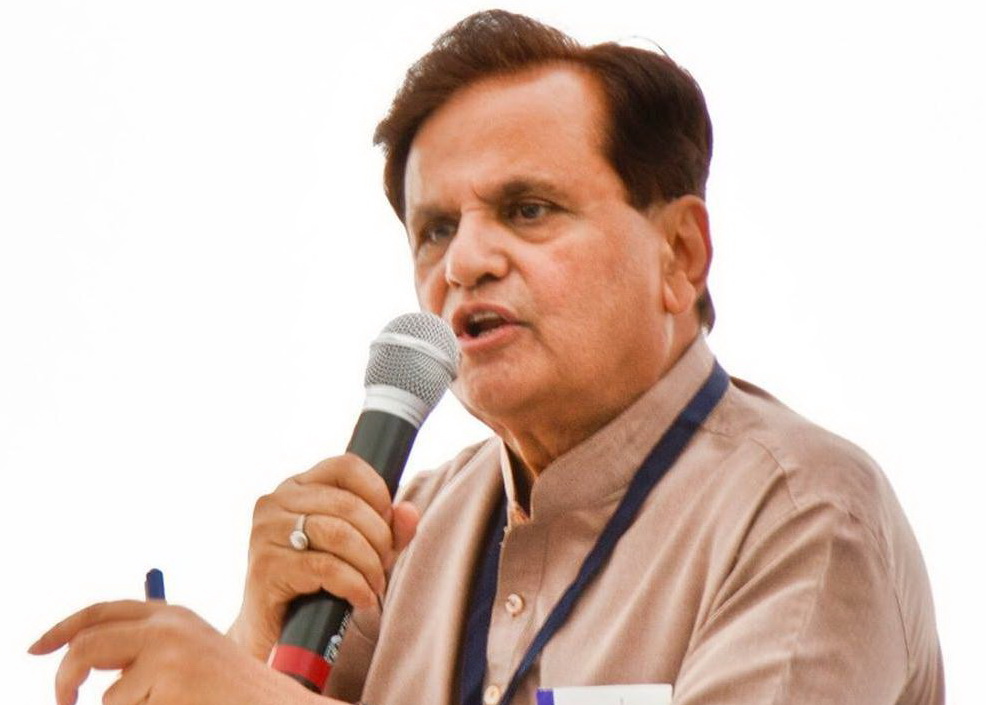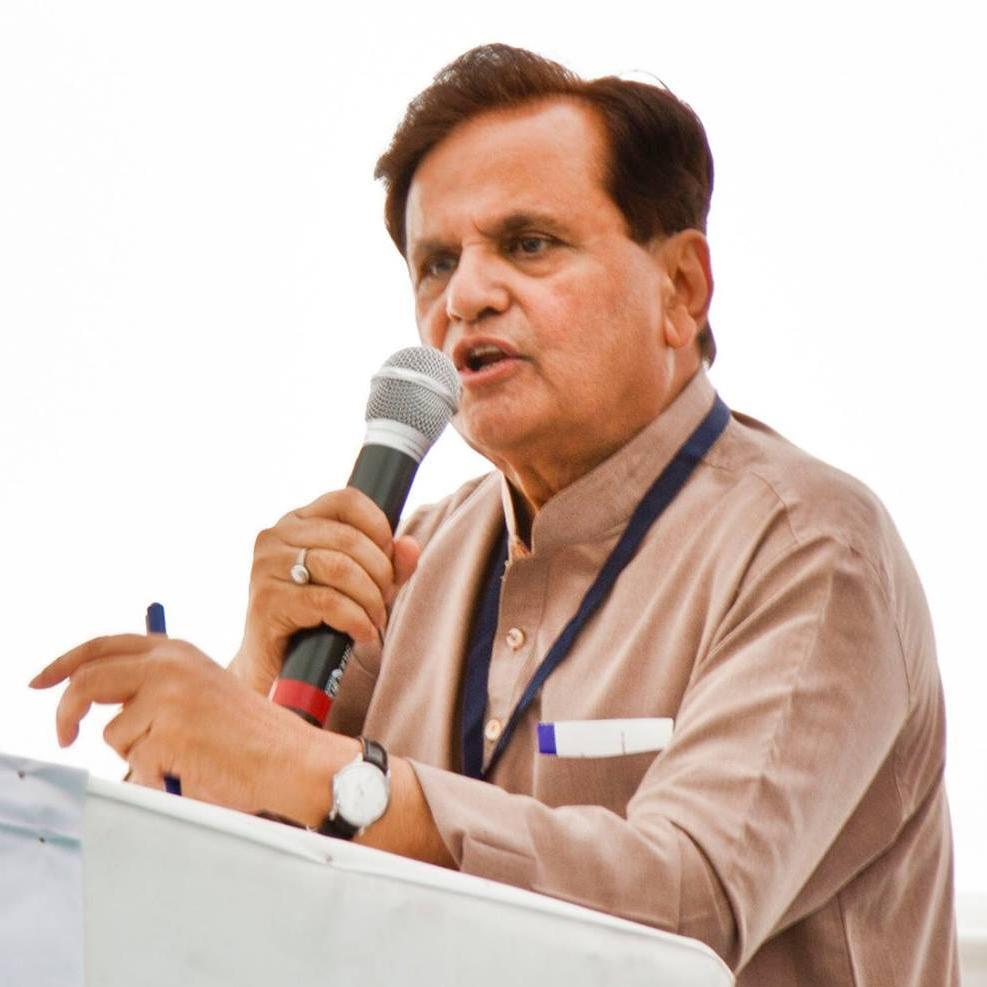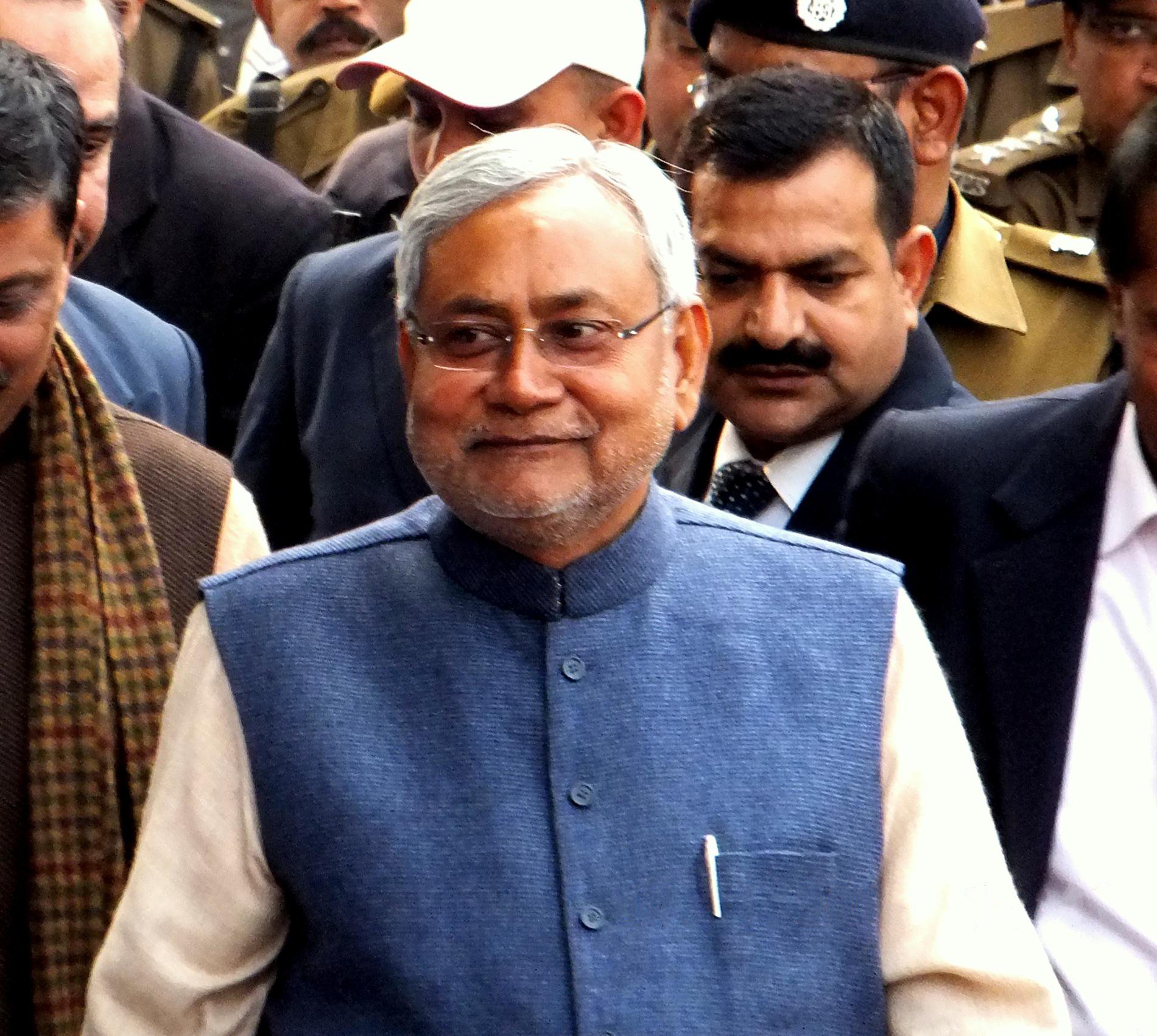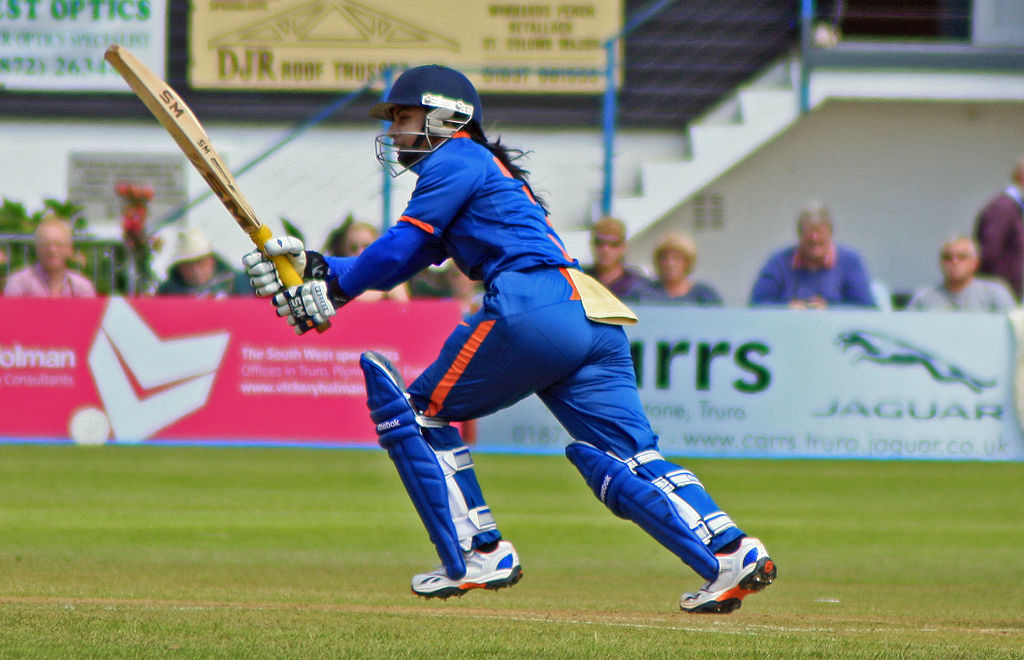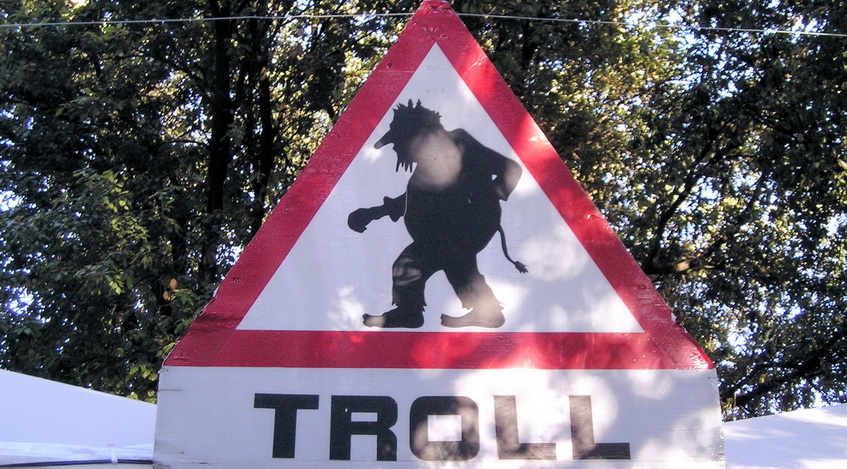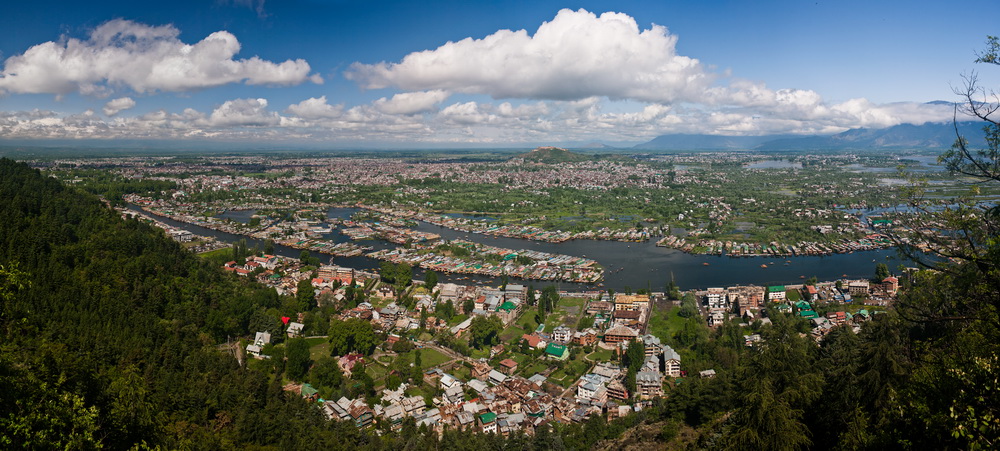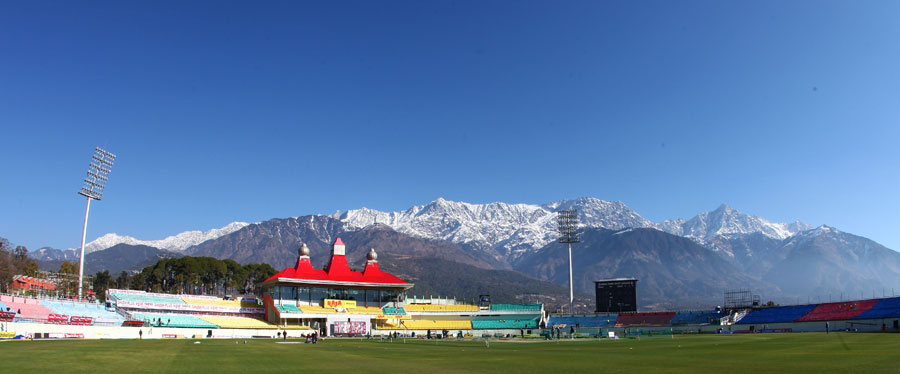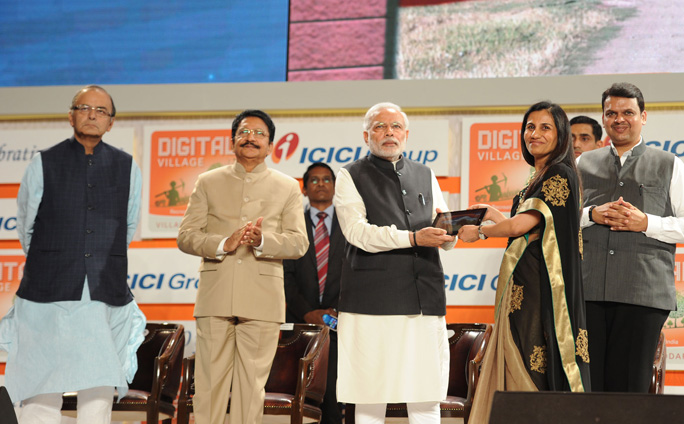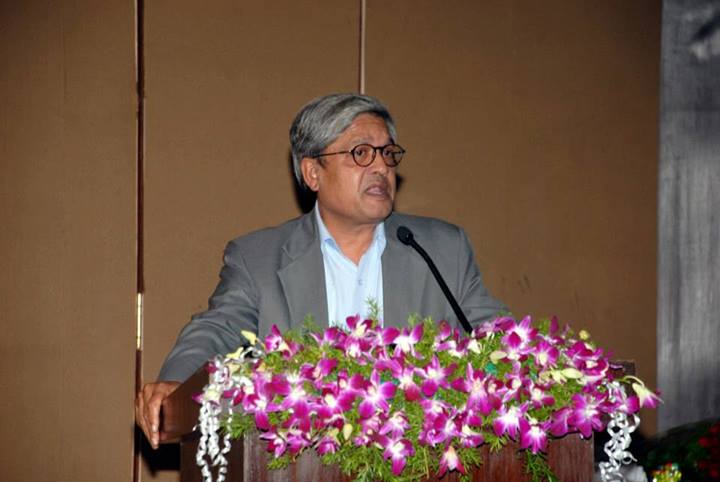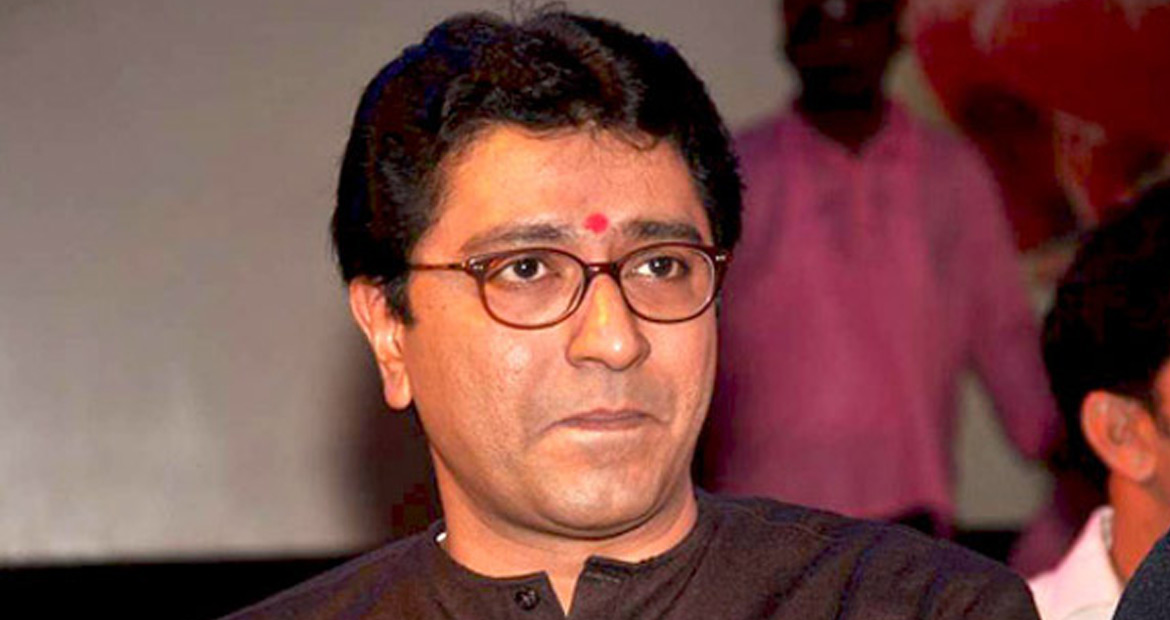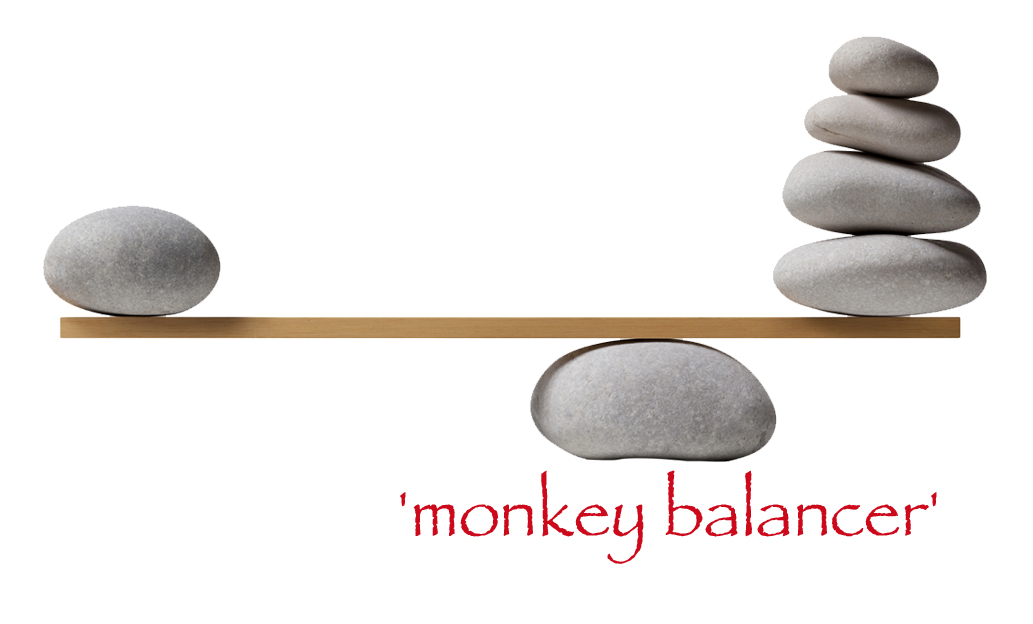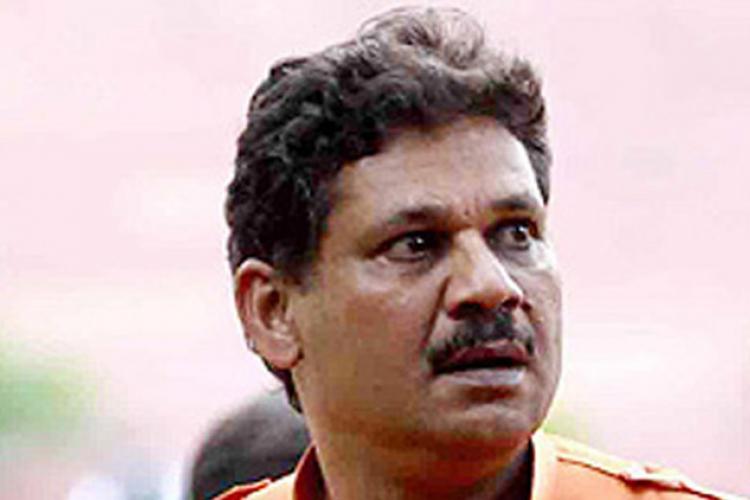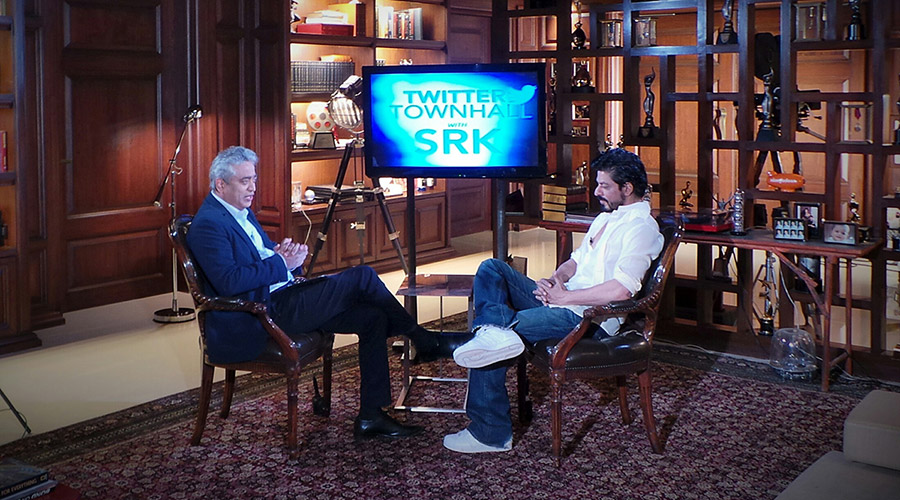It’s the half way mark in the crucial election battle in UP. It is impossible to accurately predict a 20 crore state’s voting preferences after a few visits, but here are my big ten takeaways at half time in the battle for UP, a state where sharp caste, community divisions make it a psephological nightmare.
A) The BJP remains in pole position at the half way mark. In almost every region, the BJP is in the race and the party has a wider social coalition, giving it a slight edge over its rivals who have strong pockets of influence.
B) there is no Modi wave like 2014 this time, but the prime minister is still the most popular leader across caste and communities (except Muslims). The failure though to build a strong, credible local leadership remains an Achilles heel. The PM’s appeal is in fact well above the party.
C) Akhilesh Yadav is emerging as a pan-UP leader in his own right. There is little anger against him but his MLAs do face anti incumbency. Akhilesh is particularly popular among youth who see him as a face of the future. Law and order is a major concern in urban areas but Akhilesh is rated strongly as a development oriented leader.
D) the congress is a ‘kamzor kadi’ in the alliance with the SP. Akhilesh may have given the Congress 40-50 seats too many, a move that may cost him in a close run race like it did the DMK in Tamil Nadu last year. Rahul Gandhi is seen as earnest and well meaning but has been unable to strike a chord as a home-grown leader of the Hindi heartland.
E) Mayawati is struggling to make an impact. Her Jatav vote is intact, but she is unable to attract the ‘plus’ vote that was crucial to her success in the past, especially in 2007. Even the Muslim vote has gone to her only in limited areas where the BSP candidate was very strong.
F) The BJP talks of sabka saath sabka vikas in Delhi but on the ground the campaign is getting more shrill and polarised in an attempt to create a Hindu-Muslim divide. There has been a distinct and disturbing communal edge to the BJP campaign, especially in western UP.
G) the Congress SP combination has unified the Muslim vote considerably and there is little division in the Muslim vote between the SP and the BSP that the BJP is hoping for. The alliance today is essentially an MY (Muslim Yadav) consolidation of votes but it is struggling to get incremental votes. The Congress in particular is unable to easily transfer its traditional upper caste votes to the SP candidates in the alliance.
H) the bust up in the SP has had limited impact on the Yadavs who are sticking by the cycle and Akhilesh. Shivpal Yadav’s attempt to divide the Yadav vote has not worked.
I) the BJP’s core vote among upper castes and traders in urban pockets is intact despite demonetisation which is not a decisive issue on the ground. It’s incremental ‘plus’ vote is coming from the extremely backward castes (Maurya, Nishad etc) who are numerically strong. It’s the non-Yadav OBC who is emerging as the BJP’s key vote bank.
J) after three rounds, the BJP and the SP-Congress alliance seats could be roughly in the same range. The key now lies in eastern UP where the BJP will look to achieve further consolidation of its Hindu, non Yadav OBC/EBC, upper caste alliance to pull firmly ahead. If the Congress improves its strike rate, especially in urban areas, then the alliance is in the battle. A hung assembly can’t be ruled out if present trends continue, but if Mayawati continues to decline, then we should have a clear winner at the end of the race. For now, it remains advantage BJP, but the Akhilesh-Rahul alliance is still in the hunt.
Post script: never predict an unpredictable UP election which can defeat all pundits. But I did get UP right in 2007 and 2012 so am tempted to aim for a hat trick! But those were clear anti incumbency wave elections, this is not. Will offer a final verdict on the 10th, once seven rounds are done and dusted: till then, may the best party/alliance win!

